SUMMARY
This is AI generated summarization, which may have errors. For context, always refer to the full article.
![[OPINION] Badoy’s red-tagging and freedom of expression](https://www.rappler.com/tachyon/2024/04/20240426-Badoy-red-tagging-freedom-expression.jpg)
First of 2 parts
What happens when two cornerstone rights of our democratic society seemingly come into conflict? Freedom of expression, including the right to free speech, is constitutionally protected and given preferential status among our guaranteed rights. It is one of the rights we instinctively know and intimately hold close. It’s a “should be” – this is the way it should be; this is something that must be allowed. As individuals, we treasure it as a recognition of our place and power in the larger picture of society. Our ability to speak truth to power.
In the same fundamental law, the sanctity of the dignity of our legal system, of our courts and judiciary, is affirmed. The courts are how we defend our rights from invasions and abuses of others, after all. For as much as we need to be able to turn to public forums or media and publications to air our grievances with decisions and actions of the government, we also need to have faith that any abuse committed against us can be addressed through the rule of law. We need to know that we are not alone in protecting our own rights, our privacy, our person, our property. We have the courts to rely upon whenever we need help.
It is a delicate and intricate dance between the state and the individual, where the rights of both must be protected and upheld. However, in this case, some toes were stepped on.
The case of Lorraine Badoy
Through two petitions, A.M. No. 22-09-16-SC and G.R. No. 263384, the Supreme Court was tasked to settle the case of Lorraine Marie T. Badoy, former spokesperson of the National Taskforce to End Local Communist Armed Conflict (NTF-ELCAC). Badoy, who boasts a significant social media following, posted a series of social media rants, which attacked the 135-page September 21, 2022, decision of Manila Regional Trial Court (RTC) Branch 19 Presiding Judge Marlo Magdoza-Malagar.
Magdoza-Malagar ruled to dismiss the Department of Justice petition, which sought to declare the Community Party of the Philippines-New People’s Army (CPP-NPA) a terrorist group. Previously, these writers wrote a series explaining the rationale behind the decision.
The ruling to dismiss the petition by Judge Magdoza-Malagar drew its fair share of criticism from the public, not just Badoy. This was not surprising, given the highly controversial and political subject matter of the petition. However, Badoy’s particular exercise of her right to have an opinion gravely overstepped the bounds of what is allowable. It caught the attention of the Supreme Court for, among others, its calls to violence against the person and family of Judge Magdoza-Malagar and its insults against the court.
Badoy’s disagreement with the decision was to be expected, given her personal politics and former position within the previous administration. And her right to disagree is well-protected and even encouraged to be exercised. However, how she acted on these feelings of discontent led her to find herself at the center of a legal maelstrom where she drew strong reactions from members of legal institutions, practicing lawyers, and the Supreme Court itself following her incendiary social media comments. And now, she has been held liable.
Attacking judges is unprotected speech
The decision, written by Senior Associate Justice Marvic Leonen, highlights the specific words and passages from Badoy’s posts that crossed the line into unprotected speech. The Court points out the exact points where Badoy went over the line and how. To support its conclusions, the Court also discusses the right to freedom of expression, the power of the courts to hold people in contempt, the sanctity of the judiciary as a right of the people, and the exact tests used to determine what speech is not and cannot be protected. In this way, the Court clearly supports its conclusion that Badoy did not exercise her right to freedom of expression, she in fact abused it.
What exactly did Badoy say? While the Supreme Court decision reproduced significantly more of the text and language to highlight the exact passages which crossed over into unprotected speech, for the purposes of this discussion, further spreading and reproducing the harmful speech would be counterproductive.
Briefly: on September 23, 2022, Badoy called the judge a “friend” and “true ally” of the CPP-NPA, calling the decision a mere propaganda material that may have been written by the group and not by reason of the rule of law. Essentially, she was saying that our judicial system was being controlled by puppet strings and shadowy players. Worse, she went further to say that, hypothetically, she should not be punished for taking the life of the judge if she could invoke general ideological beliefs. The criticism was red-tagging, which is violative of local and international laws.
A single brief excerpt of the posts is below, showing what Badoy attempted to pass as criticism.
“So if I kill this judge and I do so out of my political belief that all allies of the CPP NPA NDF (National Democratic Front) must be killed because there is no difference in my mind between a member of the CPP NPA NDF and their friends, then please be lenient with me,” Badoy posted on September 24.
On September 27, the first case began. Under A.M. No. 22-09-16-SC, the Court, acting motu proprio, which is without an official request from another party, took the initiative to address the acts of Badoy. It resulted in a stern warning that Badoy and others who use social media to incite violence against the court and judges will be dealt with by holding them in contempt of court. After full court deliberations, the Supreme Court issued a resolution sternly warning those “who continue to incite violence through social media and other means which endanger the lives of judges and their families.” A Show Cause Order was also issued, which required Badoy to explain why she should not be penalized for her posts.
The second case was an Urgent Petition for Indirect Contempt filed by lawyers Atty. Rico V. Domingo, Dean Antonio Gabriel M. La Viña, Dean Ma. Soleded Deriquito-Mawis, Dean Anna Maria D. Abad, Dean Rodel A. Taton, Atty. Artemio P. Calumpong, Atty. Christianne Grace F. Salonga, Atty. Ray Paolo J. Santiago, and Atty. Ayn Ruth Z. Tolentino-Azarcon.
Freedom of speech, while sacrosanct, finds its limits at the doorstep of responsibility. Ultimately, Badoy was held liable for Indirect Contempt of Court and fined P30,000.00 for her injurious acts against the bench and the judiciary. The Court’s decision underscores a broader principle that we, as responsible members of society, should remember: the freedom of speech and the freedom to critique the actions of those in power does not extend to actions that would imperil the judiciary’s ability to deliver impartial justice. – Rappler.com
Next: [OPINION] Social media and limits of protected speech
Ally Munda works as legal researcher at the Klima Center of Manila Observatory. She is a third year student at the University of the Philippines College of Law.
2 comments
How does this make you feel?
![[OPINION] Social media and limits of protected speech](https://www.rappler.com/tachyon/2024/04/TL-badoy-red-tagging-2-apr-27-2024.jpg?resize=257%2C257&crop=327px%2C0px%2C720px%2C720px)

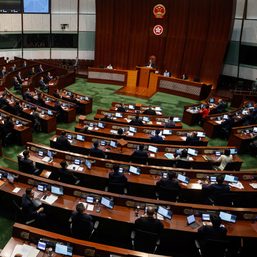
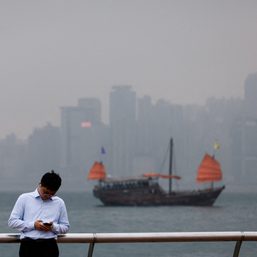
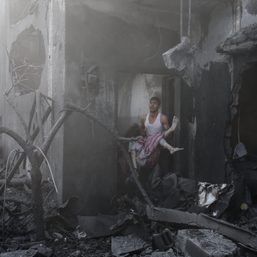
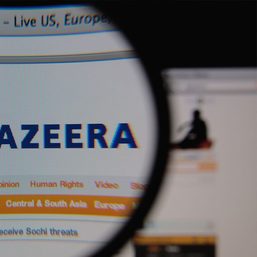

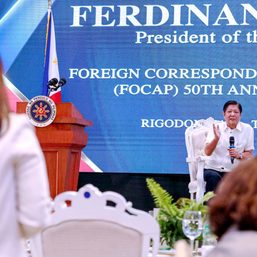
![[OPINION] Demystifying net-zero and climate reporting in the Philippines](https://www.rappler.com/tachyon/2024/05/TL-climate-reporting-philippines-May-3-2024.jpg?resize=257%2C257&crop_strategy=attention)

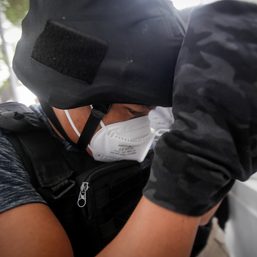
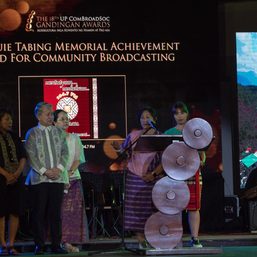

![[Newsstand] The media is not the press](https://www.rappler.com/tachyon/2024/04/tl-media-is-not-the-press-04132024.jpg?resize=257%2C257&crop=281px%2C0px%2C720px%2C720px)
![[Newspoint] Fake press, undeserved freedom](https://www.rappler.com/tachyon/2024/04/newspoint-fake-press-undeserved-freedom-April-5-2024.jpg?resize=257%2C257&crop=318px%2C0px%2C720px%2C720px)
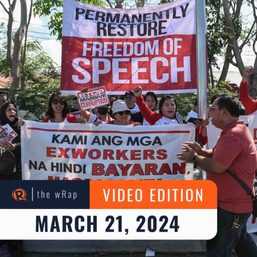
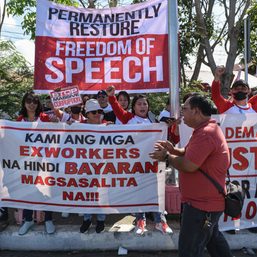

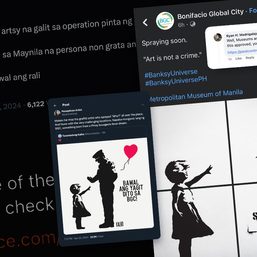





I also appreciate the creativity of the illustrator who created the drawing used in this article. He/she accurately depicted the writers’ idea.
I appreciate this informative article from writers Tony La Viña and Ally Munda. I strongly agree: “… the freedom of speech and the freedom to critique the actions of those in power does not extend to actions that would imperil the judiciary’s ability to deliver impartial justice.” So, what happened to Ms. Badoy now? Has she paid the P 30,000 fine?